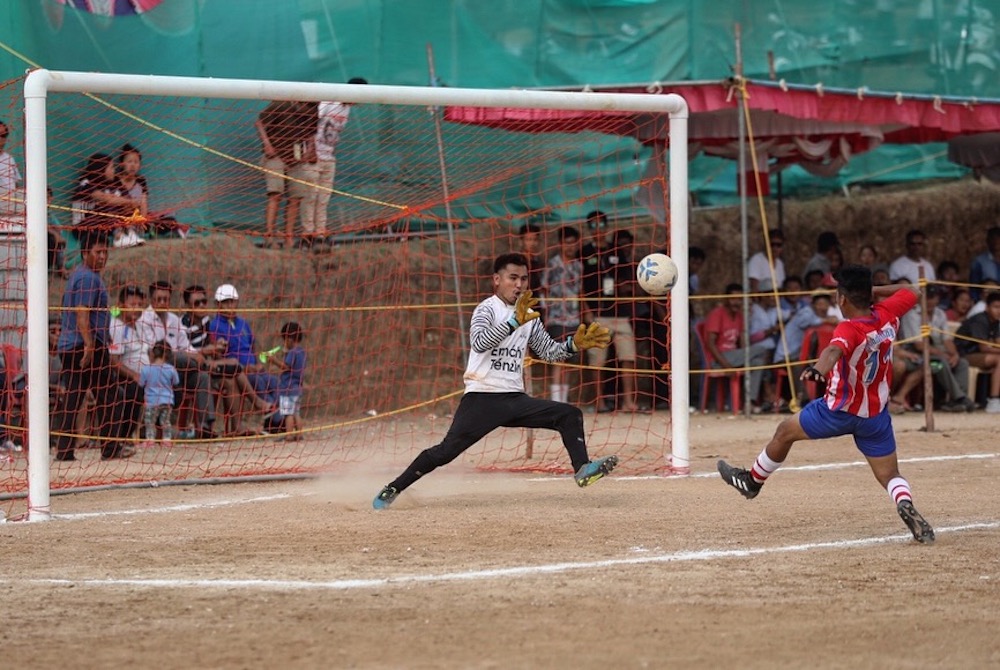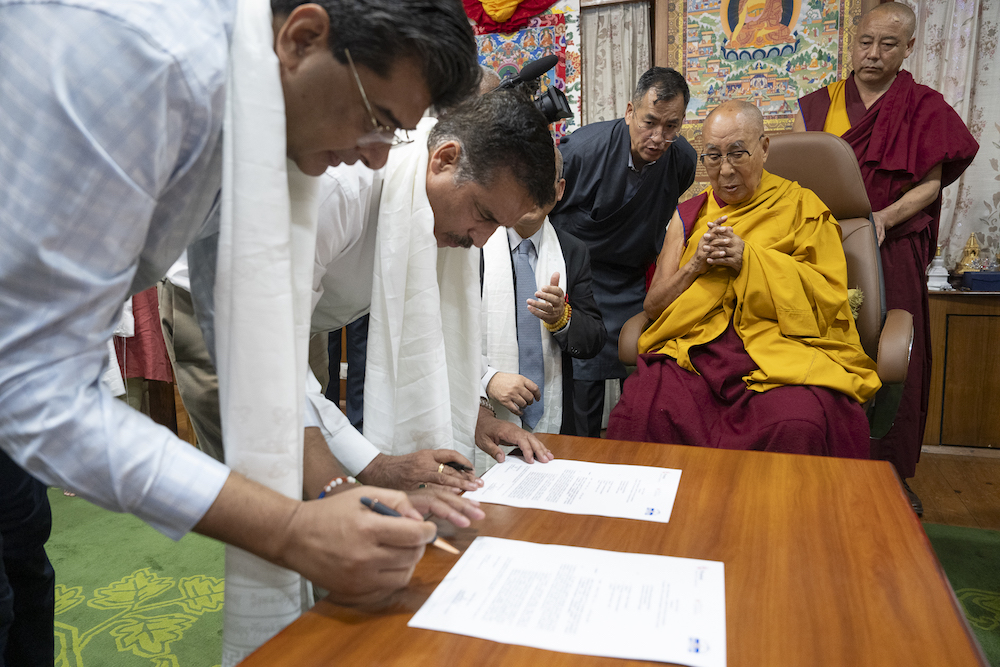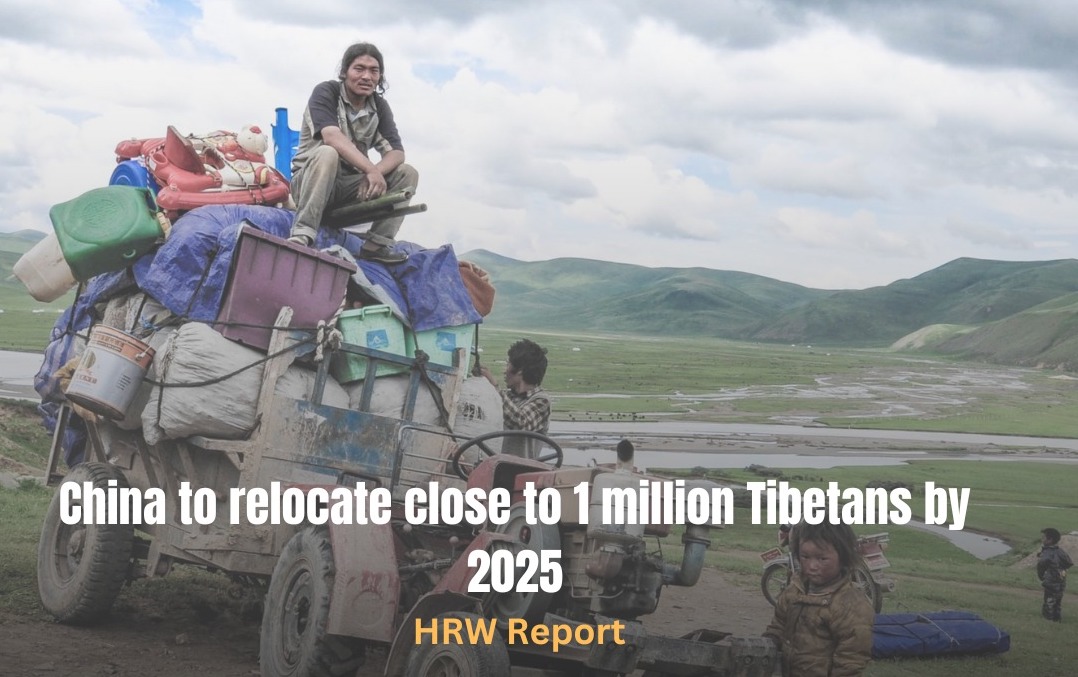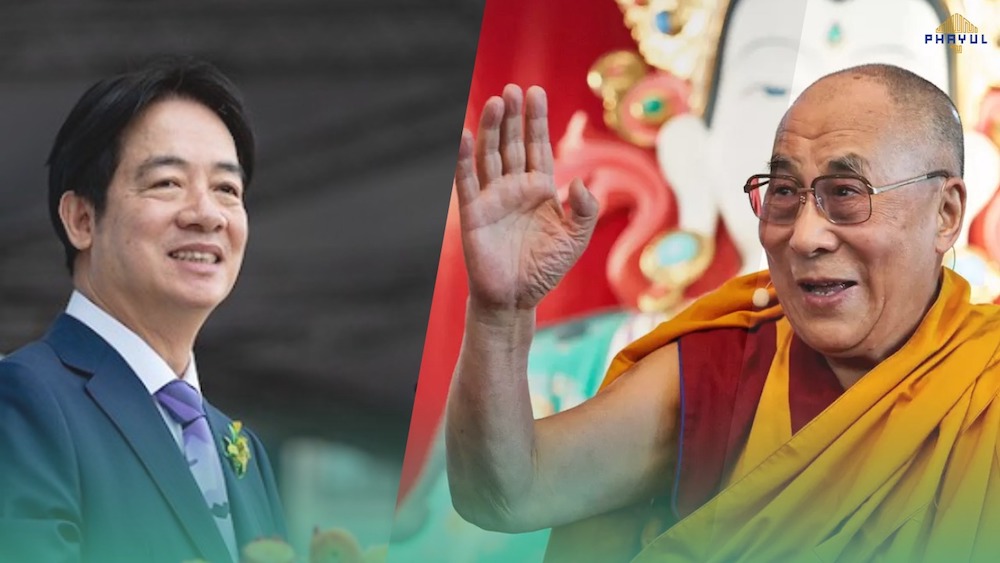By SUJAN DUTTA
Dharamshala, June 26 – The road to Gangchen Kyishong leads through a concrete gate of sculpted Tibetan motifs into the offices of the Central Tibetan Administration, the seat of the government-in-exile that claims to set the rules for 1.12 lakh refugees from the other side of the Himalayas.
The Dalai Lama called this Gangchen Kyishong, Happy Valley, but neither mirth nor joy reverberates here today. Government employees — lingering over lunch like all government employees — look askance at events overtaking the Free Tibet cause.
The Tibetan is confused.
Not since the Dalai Lama offered to trade independence for autonomy (Strasbourg, 1988), has Tibetan polity been so sharply divided. The Tibetan government-in-exile has welcomed Prime Minister Atal Bihari Vajpayee’s visit to China and New Delhi’s warming relations with Beijing.
But several Tibetan outfits that are usually wary of questioning the Dalai Lama say they will not only oppose but also defy His Holiness. Spirited Tibetan youth in fashionable headscarves and neat ponytails riding noisy motorcycles have threatened to take out a procession tomorrow to voice their dissent.
The Dalai Lama is away on a “spiritual tour” in Ladakh and is expected to return only in the first week of July. He has not spoken so far on the Prime Minister’s visit and its import for his subjects. But spokespersons for the government of which the Dalai Lama is spiritual and temporal head have no doubt he will cheer the Vajpayee-Hu bonhomie.
“Given his attitude, he would welcome the visit,” says Thubten Samphel, information secretary and chief spokesperson for the Tibetan Central Administration. “Our argument is that if there are genuine good relations between India and China, it may create the right atmosphere for the eventual dialogue on the issue of Tibet. The whole thrust of international effort is to bring China to the negotiating table. His Holiness is willing to concede on the issue of Tibetan independence in return for real autonomy.”
Like a Chinese whisper, the word has gone out here in Dharamshala that the Beijing media is celebrating the Indian “concession” on Tibet as a “victory”. In McLeodgunj, at the base of the cloud-covered Dhauladhar range, where the Free Tibet movement is as much about politics as it is about tourism, a Punjabi shopkeeper says the younger generation of Tibetans couldn’t give a damn as long as there are Europeans driving up here in search of an elusive nirvana.
A stone’s throw away from the market, in the office of the Tibetan Youth Congress, he is proved wrong. Young men are working the telephones and writing posters, trying to mobilise support for tomorrow’s procession. Its president Kelsang Phuntso Drukpa is away in Shimla — also campaigning — but has left word that he is to be summoned over the telephone.
“I am confused about what they (the Tibetan government) are talking about,” he says. “We want His Holiness to explain why he is not unhappy with Vajpayee? It is true that they (the Dalai Lama’s supporters) are not seeking independence even though Tibet is an occupied nation. We condemn the Prime Minister’s recognition of the Tibet Autonomous Region as a part of the Republic of China. It is the responsibility of His Holiness to find out what the people want.”
Three large photographs of the Dalai Lama adorn the office of the Tibetan Youth Congress.
“The Prime Minister has also said that he will not allow Tibetans to organise political protests against Chinese occupation. How can that be? Then, Yashwant Sinha has said India will not force the Dalai Lama to go to China now. Does that mean it will do so later? Does it mean they are not going to force him but will somehow convince him?” Phuntso carries on.
He is at once defiant and deferential.









